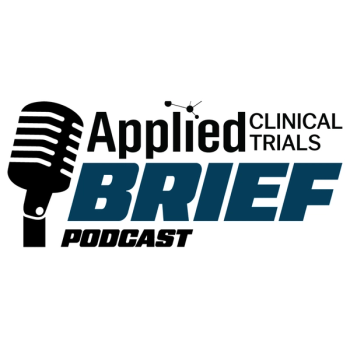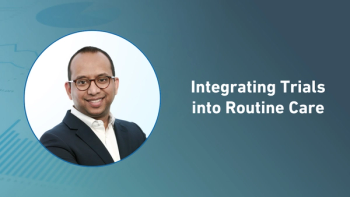
FDA Audits and Protocol Complexity
An increasing amount of public data on clinical trial research has become available, including ClinicalTrials.gov and Open Payments.
An increasing amount of public data on clinical trial research has become available, including ClinicalTrials.gov and Open Payments. In addition, Europe has developed equivalent databases, or is in the process of developing them. The FDA has made its global site audit results available for some time to the public. The number of audits increased substantially, growing from 1,185 in 2008 to 10,264 in 2013, the last full year available. The summary results do indicate that up to 2010, the FDA increased the number of audits outside the United States. However, since 2011, the percentage of sites audited outside the United States has remained stable at 26% to 28%.
Publicly available data allow us to quantify variables across organization and therapeutic areas that may be associated with such considerations as study completion times and results. Importantly, conclusions based upon these public data lend themselves to third-party interrogation. A recent
The FDA reports the results of their audits in three major categories, with more detail also available: no action indicated (NAI), official action indicated (OAI) and voluntary action indicated (VAI). Since 2008 there has been virtually no change in the audit results. An older study by the author1 demonstrated that site experience, rather than protocol design, was the major variable associated with the severity of audit results. Smaller and less experienced sites were far more likely to be cited for compliance issues. Protocols may indeed be becoming more complex, but the FDA audit results do not allow us to draw that conclusion.
1H. Glass, “FDA Audit Results as an Investigator Evaluation Tool,” Applied Clinical Trials,, Volume 6, Number 4, April 1997
*The author wishes to thank Ankit Lodaya, a PhD student at the University, for gathering the FDA audit data.
Newsletter
Stay current in clinical research with Applied Clinical Trials, providing expert insights, regulatory updates, and practical strategies for successful clinical trial design and execution.





.png)



.png)



.png)
.png)
